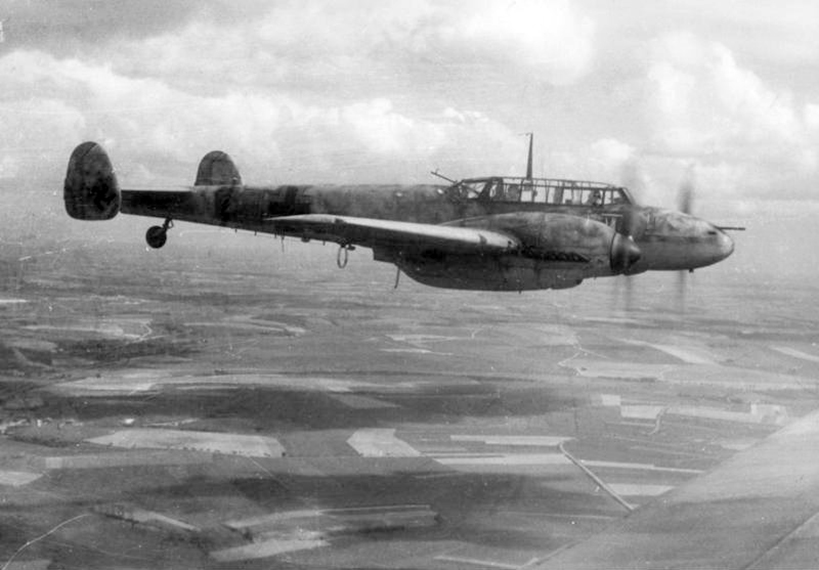Driver, Charles Ronald
- Date of birth:
- 1921 (Swansea/West Glamorgan, Great Britain)
- Date of death:
- 2009
- Service number:
- 626742 (NCO)/53399 (Officer)
- Nationality:
- British (1801-present, Kingdom)
Biography
Charles Driver was a woolbroker's clerk before joining the RAF in 1938
On December 18th, 1939 22 Wellingtons from Nos. 9, 37 and 149 Squadrons were sent to attack German ships believed to be outside harbour of Wilhelmshafen. They reached their target in safety, but found the German ships inside the harbour. Their orders did not allow them to attack ships in harbour, and so the Wellingtons turned for home.
This was when the German fighters struck. First Bf 109s, and then Me 110s harried the Wellingtons back across the North Sea.
Ten Wellingtons were shot down, two more were forced to ditch before reaching Britain and three more were destroyed in crash landings. Only two German fighters were shot down. Fifteen bombers had been lost from a force of twenty two, and nothing achieved. The total loss for No. 9 Squadron from this one mission was 24 killed and four injured.
Ronnie Driver was awarded the DFM for his action during the Battle of Helgoland Bight. As a result of his experiences he suffered from post-traumatic stress and was hospitalised twice to receive treatment.
In 1970 he became father of (later) actress Minnie Driver who reported about her father's life in the tv-series 'Who Do You Think You Are' in 2014.
Promotions:
? Sergeant
30 december 1943: Pilot Officer on Probation (Emergency)
30 juni 1944: Flying Officer (war sub)
Do you have more information about this person? Inform us!
- Period:
- Second World War (1939-1945)
- Rank:
- Aircraftman, 1st Class
- Unit:
- No. 9 Squadron, Royal Air Force
- Awarded on:
- January 16th, 1940
"Aircraftman Driver was the front gunner in an aircraft engaged in operations over an enemy naval base in December, 1939. Although the aircraft was subjected to very heavy fire he remained at his post until both the front guns were put out of action and the flooring shot away or in flames, which he extinguished with his hands. As by this time the petrol system had been severely damaged, he proceeded to the hand petrol pump, and continued manual pumping until shortage of petrol caused the aircraft to land in the sea.
Despite these exertions, Aircraftman Driver subsequently succeeded in launching the dinghy and assisted in saving the remainder of the crew, some of whom were wounded.
It is undoubtedly largely due to his alertness that the members of the crew of this aircraft were brought to safety."
Sources
- - The London Gazette
Publication date:16 January 1940 Issue:34773Page:301
- The London Gazette Publication date:24 December 1943 Supplement:36302Page:5627
- The London Gazette Publication date:8 February 1944 Issue:36373Page:733
- The London Gazette Publication date:18 July 1944 Supplement:36617Page:3387
- Aircrew Remembered
- HistoryOfWar.org
- The Daily Mail




